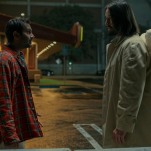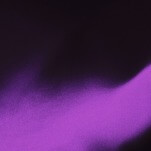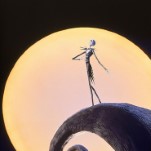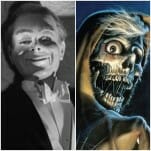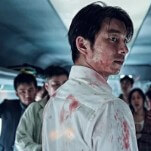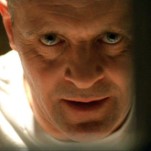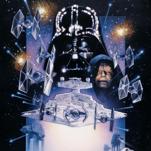As the Original X-Men Turns 25, It Remains a Superhero High
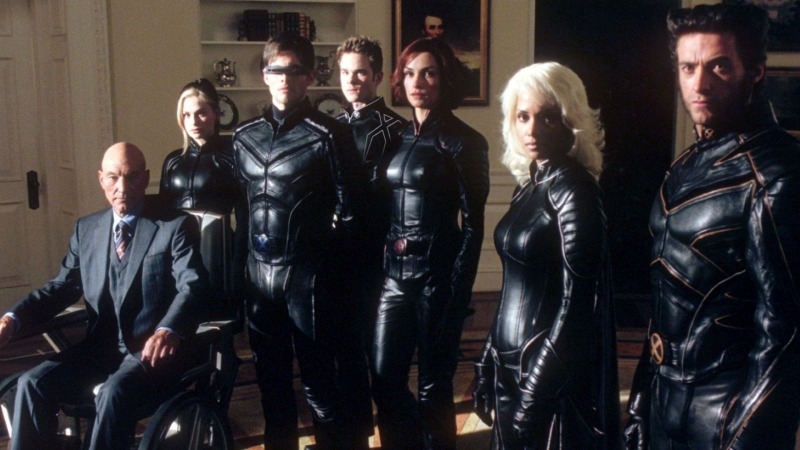
Superheroes have been so dominant over U.S. film culture for so long that it’s hard to pinpoint exactly when the subgenre went supernova. Was it 2012, when The Avengers proved that the big MCU experiment was working better than anyone could have imagined? Was it 2008, when both Iron Man and The Dark Knight became record-breaking smashes, kicking off both the MCU and Christopher Nolan’s continuing reign as a Spielberg-level event filmmaker? Was it 2002, when Spider-Man became the first non-Star Wars movie to pass $400 million domestic in a single release?
Any of those cases could be made. But the lineage of all aforementioned superhero movies can be traced back to the dawn of the new millennium, when X-Men pivoted from endlessly speculated-about troubled production to surprise smash, notching the second-biggest opening weekend of summer 2000 (after Mission: Impossible II, which had a trifecta of advantages: sequel, Tom Cruise, holiday weekend). Maybe you could look to Blade and Spawn in the late ’90s as proof that non-Batman characters had some box office juice, but in retrospect those were right in New Line Cinema’s action-horror wheelhouse, almost more akin to Mortal Kombat (games frequently advertised on the back of comics, along with every comics-based movie, in the 1990s) than the Batman franchise that had just been put on ice. X-Men had been promised, buzzed about, and dismissed for years, which was usually the perfect prelude to a chintzy, mistranslated, sometimes barely-recognizable version of beloved comics characters.
X-Men isn’t that, but lord knows the fates gave it a shot. Director Bryan Singer wasn’t particularly attached to the X-Men comics, and though he seemed to have some idea of how to create a more grounded version of the characters, he also allegedly plagued the set with drug use and highly questionable relationships with young bit players. Screenwriters David Hayer, Ed Solomon, Christopher McQuarrie, and Joss Whedon were among those who took various cracks at the screenplay, some having most of their work discarded, with almost no one agreeing on how much of anyone’s contribution remained. (Even Whedon, who has said that the final film retained “one line” from his draft, is pretty clearly audible in a couple of other exchanges.) Dougray Scott was cast as Wolverine, only to be replaced with even-lesser-known Hugh Jackman last-minute due to schedules that conflicted with Mission: Impossible II. The movie was bounced around the release calendar, including at one point moving up six months earlier despite shooting having been delayed. It wrapped principal photography about four months before it hit theaters.
The movie that actually arrived, however, was sturdy. Good, even. Great, maybe? Less epic, to be sure, than some fans of the comic books or cartoon series would have preferred, with more visible seams than the longer, bigger-budgeted, more logistically ambitious X2. But the limited nature of X-Men’s resources resulted in something that hardly anyone would expect out of a movie featuring an ensemble of super-powered mutants: a grounded, human story brimming over with great character moments. Much of the movie amounts to a series of condensed semi-origin introductions: After an early look at young Magneto (played as an older man by Ian McKellan), the movie uses young Rogue (Anna Paquin) and grizzled Wolverine (Jackman) as dual entry points into the world of mutants. Rogue is on the run after her energy-stealing powers have manifested in dangerous ways (she puts her teenage boyfriend in a coma), while Wolverine has learned how to make his way through a mutant-hostile world, using his healing power and concealing his retractable metal claws whenever possible. Eventually, the pair meets a skeleton crew of senior X-Men: Professor Xavier (Patrick Stewart), Cyclops (James Marsden), Jean Grey (Famke Janssen), and Storm (Halle Berry). Their origins are all saved for later movies.
-

-

-

-

-

-

-

-

-

-

-

-

-

-

-

-

-

-

-

-

-

-

-

-

-

-

-

-

-

-

-

-

-

-

-

-

-

-

-

-









